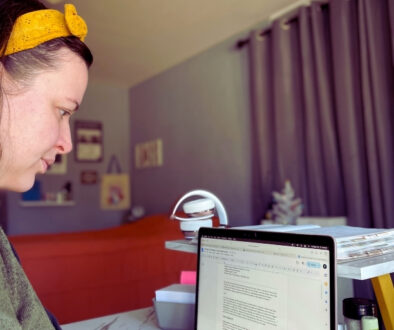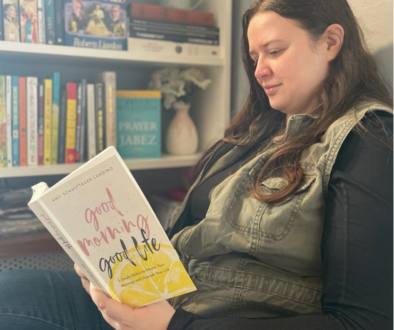The Key to Productivity: Breaking Perpetual Procrastination Mastering the Task Process
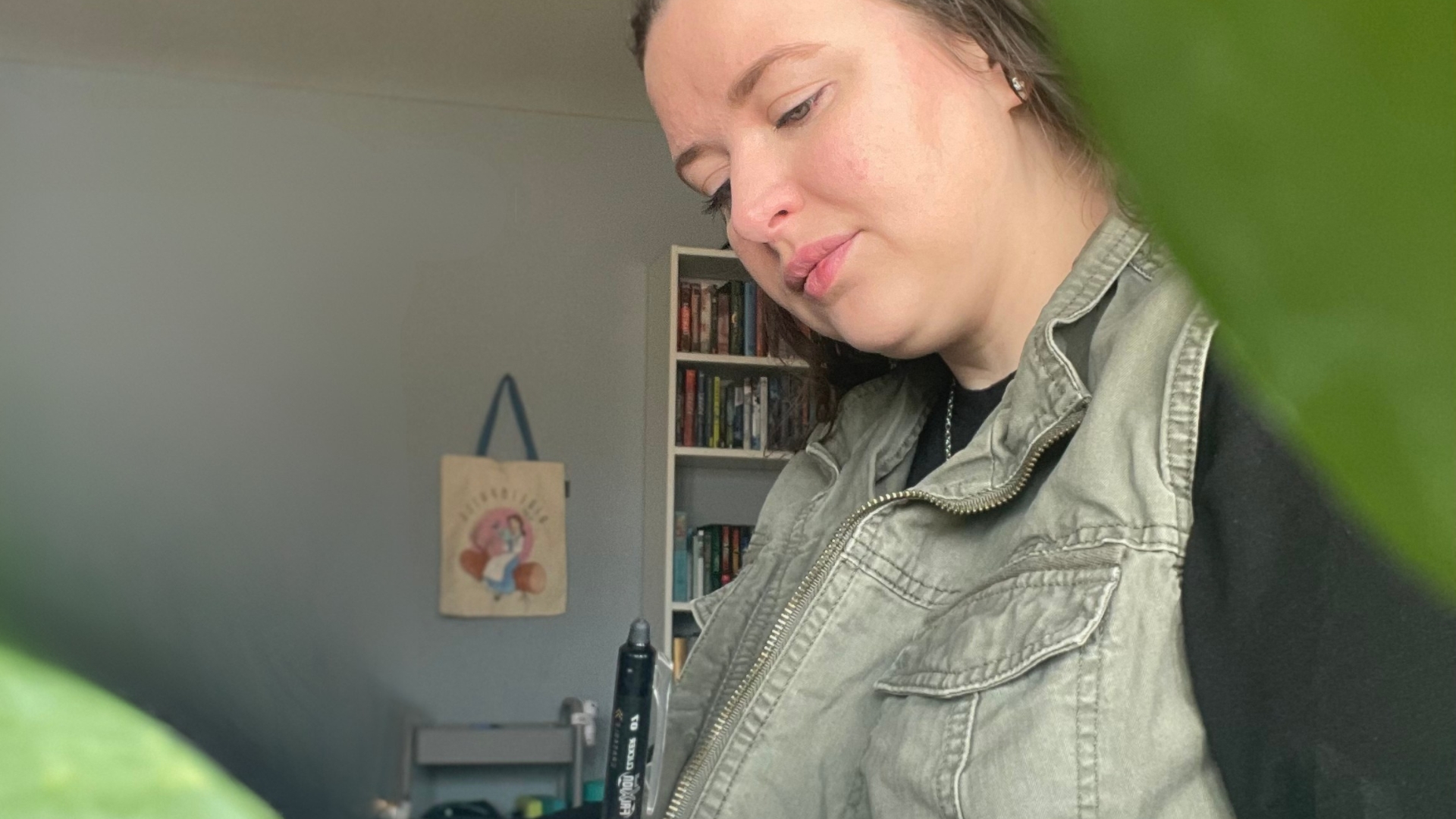

by T.L. Farris
What if the very thing you’re most proud of is actually the thing holding you back? For years I was a self-professed perfectionist and I counted it a major strength and had no clue it was silently sabotaging my productivity. When I realized that perfectionism wasn’t fostering my productivity and instead feeding my procrastination my mind was truly blown. Procrastination had been hiding in my everyday decisions, disguised as preparation, planning, rest, learning, *perfectionism* and all the while I had been allowing it to derail my progress and delay my success.
Diving into productivity research for my second book I’ll Start Tomorrow I found the link between perfectionism and procrastination, then the real fun and games began. How could I uproot this identity I’d given myself? And how could overcoming perfectionism kill procrastination? Believe or not both are possible and they both start with understanding.
The Cycle of Procrastination
It may seem that procrastination is a small, unconscious and irrelevant decision but it’s actually a cycle that has major implications. It’s repetitive and typically resembles a hamster running on its wheel at top speed toward nowhere.
The first step in the cycle is a task. This is the moment when you are presented with something to do. This task usually consists of an action and a deadline. Whether it’s putting away your laundry before bed, unloading the dishwasher before work, creating a slideshow for work by the 21st, cleaning out your car at some point this week… Tasks come in all shapes, sizes, and difficulty levels.
In the procrastination cycle after you’ve received a task the next step is to procrastinate. You push off the task, either until the last minute or past your deadline. Either way it isn’t completed when it should because of: fill in excuse.
There are plenty of reasons why we procrastinate and if you want to dive more into the why behind procrastination check out my book I’ll Start Tomorrow. Whatever the reason behind your procrastination it leads to feelings of guilt. You feel guilty because even though you’ve chosen to procrastinate you know it’s a bad idea and that it will come back to haunt you.
After you’ve procrastinated; you’ve delayed completing the task as much as you could now is the time to stress. This is about the time panic mode sets in and you scramble to get the task done. Cue the speed cleaning montage 30 minutes before guests arrive, the all nighter writing session before your paper is due, and the mad dash to get your brief up to date over lunch before that meeting you knew about 2 weeks ago.
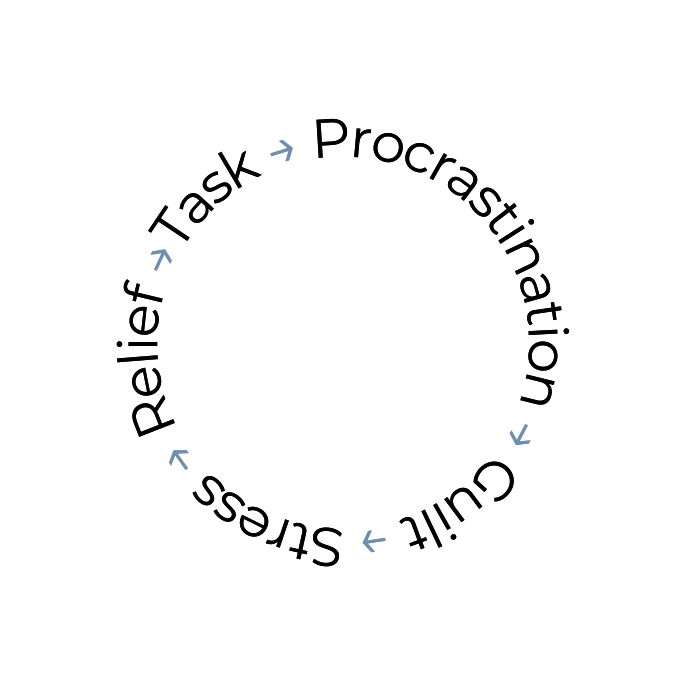
Finally, it’s over. You’ve completed the task and now you can enjoy the sweet feeling of relief. You promise yourself you’ll never do that again, that next time you will give yourself plenty of time to get things done and you pat yourself on the back for getting it done in such a short amount of time.
The trouble is, rarely does this promise stick and the cycle inevitably continues when the next task comes. This is because we don’t understand the task process.
The Task Process
The task process is how a task should be handled when you don’t engage in procrastination. It starts with a task but instead of immediately pushing it off you plan. As soon as you receive a task your first response should be to plan how you will accomplish it. If the deadline isn’t for 2 weeks and it will only take a week to complete the question becomes should I complete it this week or next? Then you write down your action steps on your calendar to ensure it is completed on time.
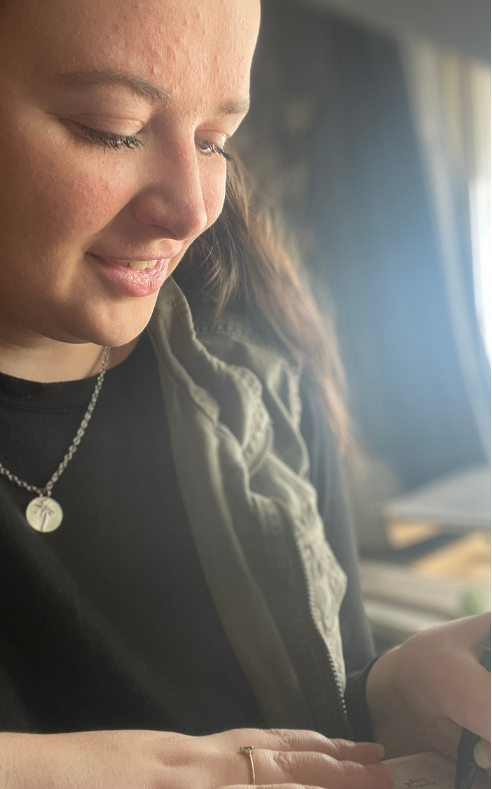
After you’ve planned, the next step is to act. Tasks are inherently neutral, there is nothing positive or negative about a task, it’s our emotions that attribute these positives and negatives. Things like perfectionism can attach fear and anxiety to a task but they are mandatory feelings. Procrastination typically creeps in because of some form of fear and most often it’s a fear of failure.
When you take action towards completing a task there are two possible outcomes: failure or success. Depending on which result you get you will move on to the next step. If you fail, the next step is to learn. This is where the fear of failure holds you back, too often the idea of failing at something paralyzes us and keeps us from taking action when failure is simply a learning opportunity. Failure isn’t fatal! I’ll say that one more time: failure isn’t fatal! It’s not the end of the story unless you let it be. Being afraid of it is only keeping you stuck, it’s not protecting you because now you don’t have the opportunity to learn and grow from your mistakes.
“Failure isn’t fatal!”
Having learned from your failure you take action again and when you succeed, the next step is to celebrate. Don’t just check that task off your to-do list and move onto the next one, take at least a second to celebrate your efforts and accomplishments. You put in time and energy to get this thing done, you learned and now you have results to show for your efforts.
OVERCOMING DISTRACTIONS
Unfortunately, no matter how great a planner you are there is one more hang up to consider when it comes to productivity. Distractions. Distractions that can keep you from engaging in the task process and hold you back just as much as procrastination can. These sneaky little buggers are a pet peeve of mine. There are 3 types of distraction and to defeat distraction you must start by identifying the type. They each are overcome in a unique way so if you don’t know what type of distraction you are dealing with it’s incredibly difficult to shut it down. If you need help identifying your distraction type check out Undistractable.
After you’ve identified the type of distraction you have to create a plan of action, just like with procrastination distractions don’t go away on their own and unless you shut them down permanently they will keep coming back. How you create your plan of action will depend on the type of distraction you’re working with, for example if it’s a Discreet Distraction you’ll need to up your prioritization game and start following a clearer to-do list.
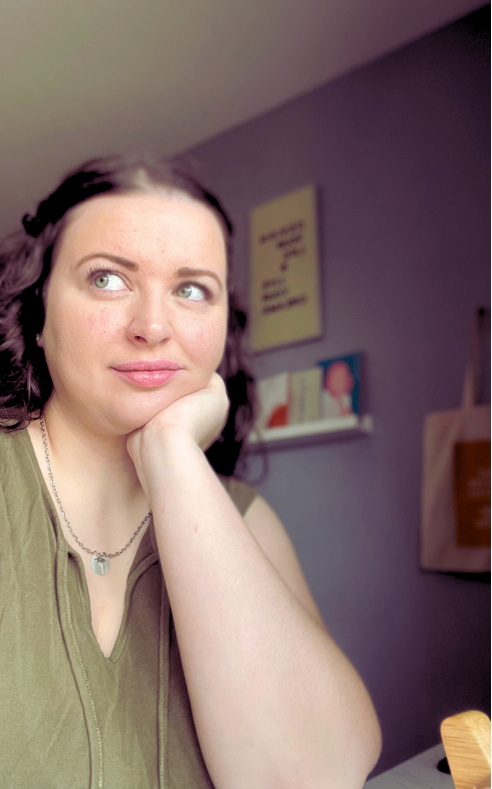
Your plan of action shouldn’t just include how you will overcome that distraction, you should also have alternate activities planned to fill in the time you’re taking back, these activities should be positively impactful and ideally improve your productivity. If you want more help with distractions click here.

SEEING THE EFFECTS
During the process of learning all of this about procrastination, perfectionism, the task process and distractions I decided to write all of these amazing strategies and tips in a book. I had already written 1 book and it had taken me about a year to finish so I figured I could get my second one done in half the time. I already knew all of the steps and had picked up a few tricks along the way.
Boy was I surprised when I completed the entire book (from idea to published) in just 3 months! That was when I truly realized that the key’s I’d discovered were real and could make a difference. The tools had become tangible and as I implemented them I saw crazy acceleration in my productivity. So, if you want to do the same, you want to level up your productivity, kill perfectionism, break perpetual procrastination and overcome distractions. Get my book I’ll Start Tomorrow.

